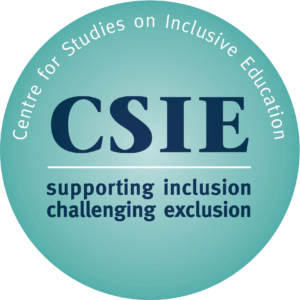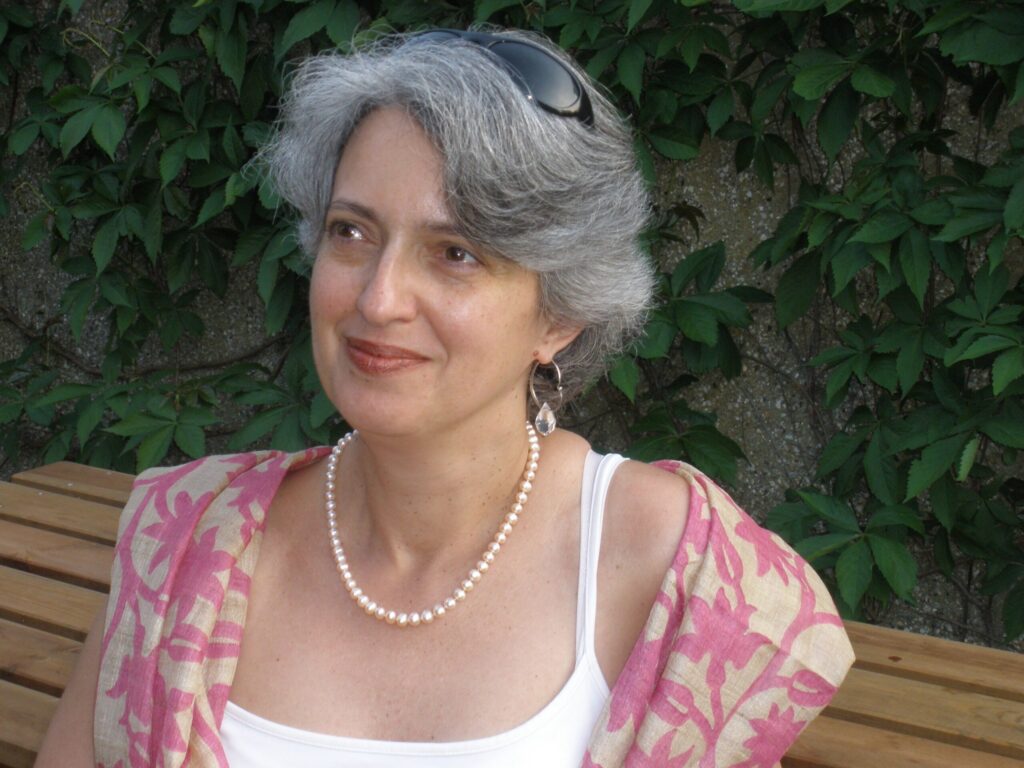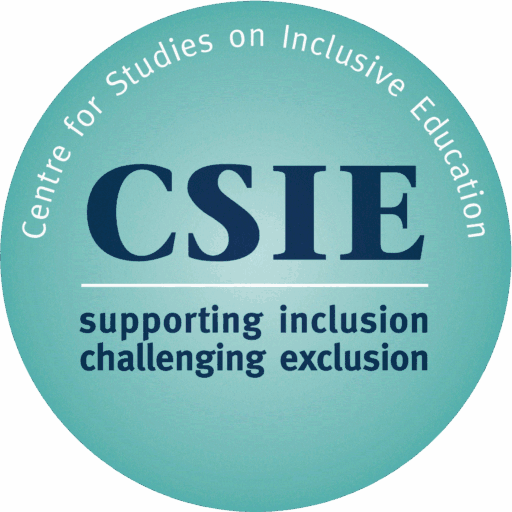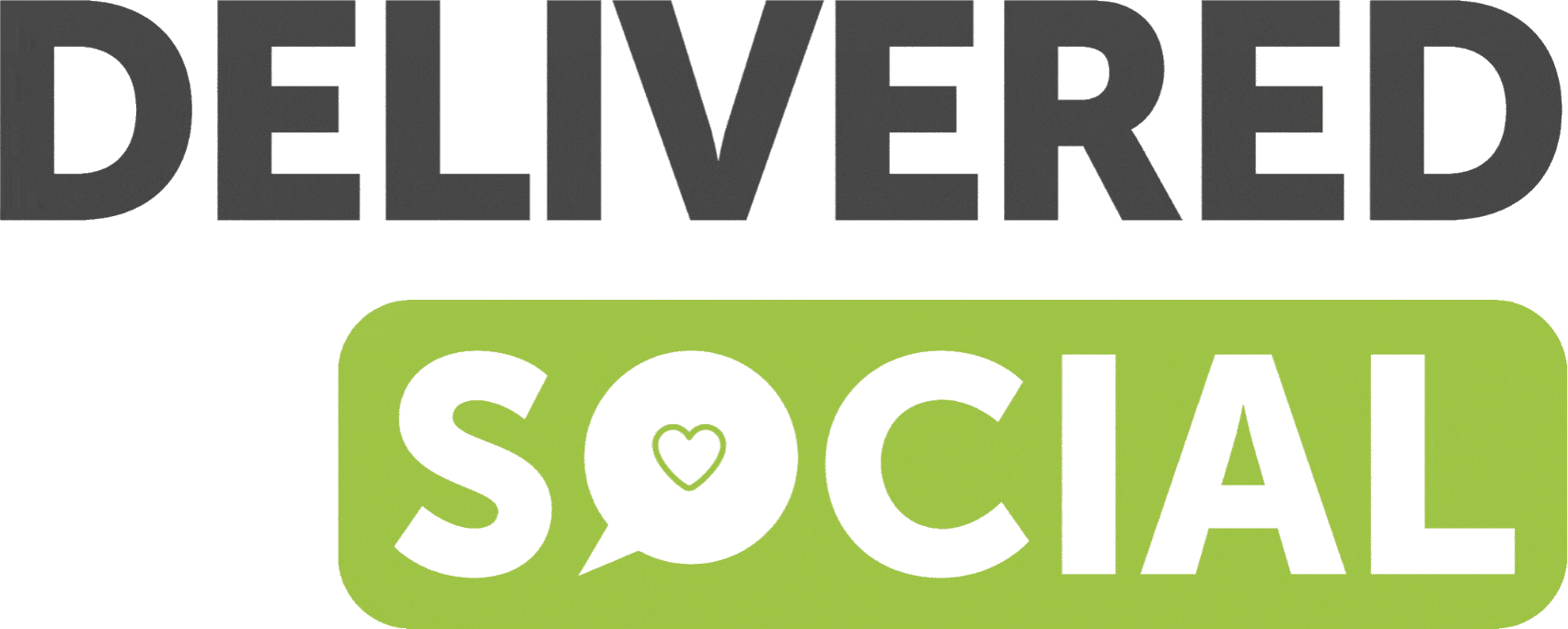August 28, 2014
I had (almost) forgotten how much I enjoy being in schools to work with pupils!
Shortly before the summer break I had offered a series of workshops for year 9 pupils, to share with them alternative perspectives of disability and some of the prejudices disabled people face. I presented myself as a disabled people’s ally, knowing that this voice also has an important role to play in the journey towards full equality, and made sure I introduced as many disabled people as I could in one session.
The workshops were designed to challenge pupils’ thinking about what disability is, who is disabled and what it is that disables them. It was fascinating to see how what might have seemed obvious to some (for example that some people are disabled by physical or sensory impairments) was explored, reconsidered and, by some, rejected (for example because a person in a wheelchair can access a building via a ramp but be disabled by a flight of stairs). This felt like an appropriate introduction to the social model of disability (the idea that people become disabled by inflexible structures around them) as an alternative to the medical model (the idea that people are disabled by their impairments).
Pupils explored, among other things, how they might feel towards someone described by words such as ‘bright’, ‘slow’, ‘gifted’, ‘artistic’ or ‘autistic’. In each workshop we came to the same inevitable conclusion: labels evoke different reactions and can shape our interactions in ways that are more stereotypical than meaningful. Pupils were quick to notice that words which evoke contrasting responses may refer to the same person.
These workshops felt very timely. In 2011 the Equality & Human Rights Commission (EHRC) had published “Hidden in Plain Sight”, a report confirming that harassment is a commonplace experience for disabled people but it is kept in place by a culture of “collective indifference”. The follow-up report “Out in the open” (EHRC, 2012) recommended that schools help all pupils to better understand disability and the prejudices disabled people face. The Children & Families Bill (2014) speaks of the culture change needed, for schools to better respond to disabled children.
CSIE developed the workshop materials in direct response to these recommendations. I run the workshops as a bit of a taster, to see what a difference a one-off session can make. The result was more than heartening: pupils engaged in lively discussion, asked thoughtful questions and listened with interest. For many of them it seemed that the workshop sparked off a significant shift in their mindset.
After the workshops, the school contacted me with excellent feedback. Pupils described their workshop as “brilliant” and “inspirational” and an experienced teacher found it extremely useful in challenging perceptions of disability, adding: “It certainly made me consider the way I think.” For a school which is co-located with a special school for pupils with labels of profound and multiple learning difficulties (and, therefore, where pupils and staff are no strangers to disability) this level of engagement seems all the more encouraging.
Earlier this month I was thrilled to discover news and reflections from these workshops, posted on the school’s website: http://www.redlandgreen.bristol.sch.uk/News/Equality-Update-at-RGS-July-2014. The entry says that I “delivered excellent and informative disability workshops to Year 9 students”, offers a résumé of the sessions and concludes: “A very good workshop for our students.” Thank you RGS, very pleased to hear this!
Your email will not be displayed on comments



